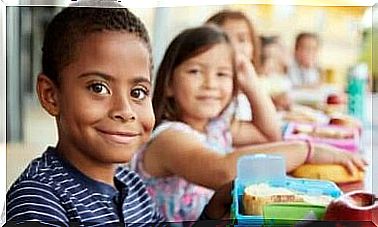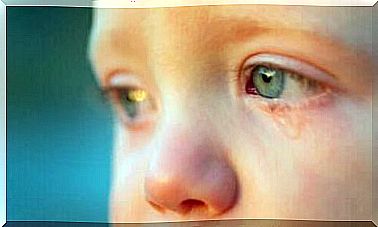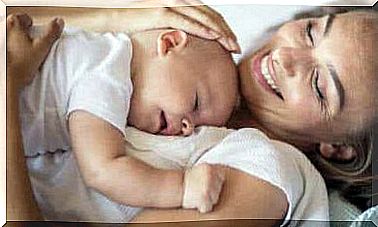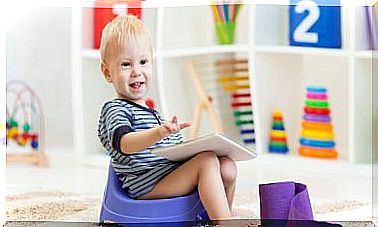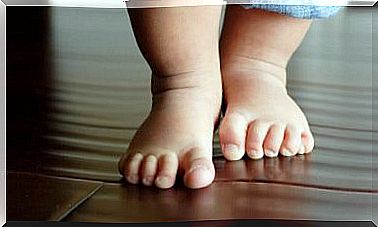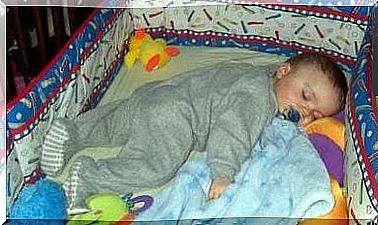What Blood Type Will My Child Get?
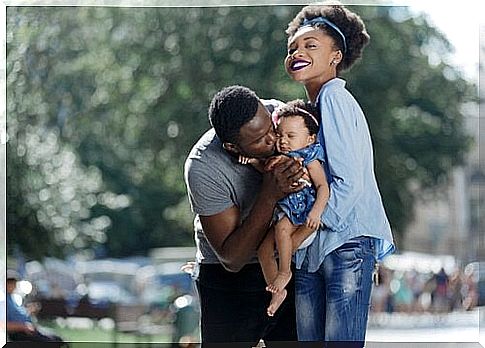
Many people believe that the baby’s blood type will be the same as their parents’. Others believe it is a combination of both.
For example, if the mother is O- and the father A +, they believe that the child will be O + or A-.
The truth is that blood types are a little more complex than that. It is perfectly normal for a baby not to have the same blood type as one of the parents. The laws of genetics do not operate mechanically.
Different variables come into play when it comes to the transmission of blood type and Rh. These variables need to be studied to more accurately determine what the baby’s blood type will be.
General aspects
Blood type is due to genetic factors that are hereditary. Traits from both parents will affect the formation of the baby’s blood type.
There are dominant and recessive genes. Dominant genes are those that weigh heavier. They have a greater chance of manifesting themselves.
When it comes to blood types, “A” and “B” are dominant genes. “O” is known as a recessive gene.
Each blood type has different characteristics. The red blood cells and the plasma are different. This gives rise to four blood groups: A, B, O and AB.
Blood group
Every human being has dominant and recessive genes. In the case of blood groups, the following combinations are possible:
- Someone in group AB has an A gene and a B gene.
- A person within group A can be either AA or AO. The dominant A gene has the upper hand.
- If a person has group B, this can be either BB or BO. The dominant B gene has the upper hand.
- People with the O gene have two O genes.
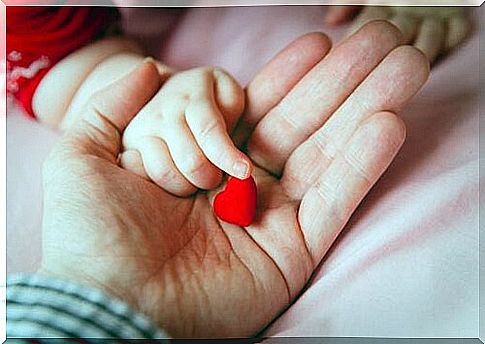
The combination of parents’ dominant and recessive genes will determine the child’s blood type. There are 16 possible combinations. They are as follows:
IF THE FATHER HAS GROUP O:
* If the mother has group A, the child will have group A or O
* If the mother has group B, the child will have group B or O
* If the mother has group AB, the child will have group A or B
* If the mother has group O, the child will have group O.
IF THE FATHER HAS GROUP A:
* If the mother has group A, the child will have group A or O
* When the mother has group B, the child will have group O, A, B or AB
* If the mother has group AB, the child will have group A, B or AB
* When the mother has group O, the child will have group A or O
IF THE FATHER HAS GROUP B:
* When the mother has group A, the child will have group O, A, B or AB
* If the mother has group B, the child will have group B or O
* When the mother has group AB, the child will have group A, B or AB
* If the mother has group O, the child will have group B or O
WHEN THE FATHER HAS GRUPP AB:
* If the mother has group A, the child will have group A, B or AB
* When the mother has group B, the child will have group A, B or AB
* If the mother has group AB, the child will have group A, B or AB
* When the mother has group O, the child will have group A or B
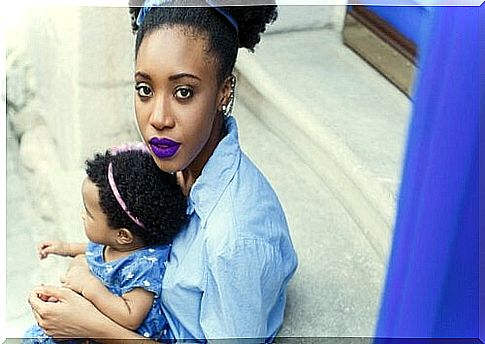
The Rh factor
Blood sometimes contains an antigen and sometimes not. If it contains an antigen, one is Rh positive. If it does not have an antigen, one is Rh negative.
Like blood groups, Rh is determined by inherited genes. Positive Rh is dominant while negative Rh is recessive.
There are 9 possibilities for Rh heritage. They are as follows:
IF THE MOTHER HAS Rh-:
* If the father has Rh-, the child will have Rh-
* When the father has Rh + (++), the child will have Rh +
* If the father has Rh + (+ -), the child will have Rh + or Rh-
WHEN THE MOTHER HAS Rh + (++ ):
* If the father has Rh-, the child will have Rh + or Rh-
* When the father has Rh + (++), the child will have Rh +
* If the father has Rh + (+ -), the child will have Rh + or Rh-
WHEN THE MOTHER HAS Rh + (+ – ):
* If the father has Rh-, the child will have Rh + or Rh-
* When the father has Rh + (++), the child will have Rh +
* If the father has Rh + (+ -), the child will have Rh + or Rh-
